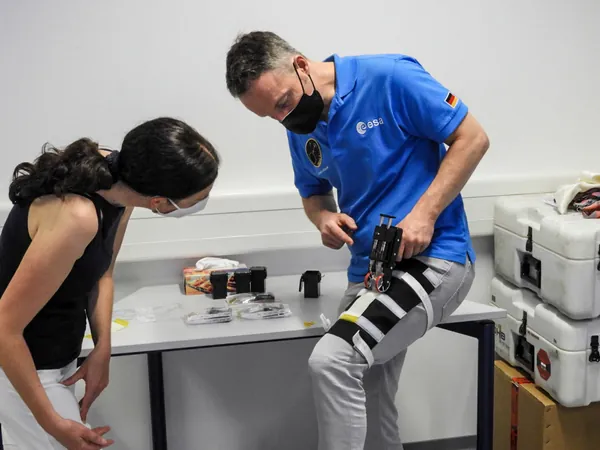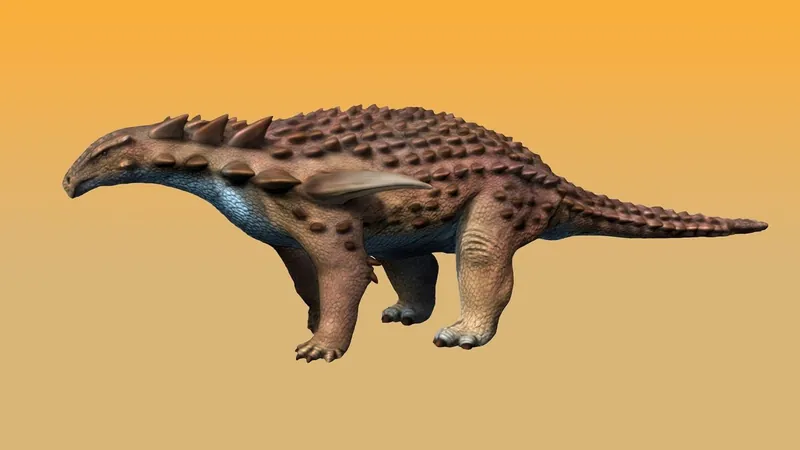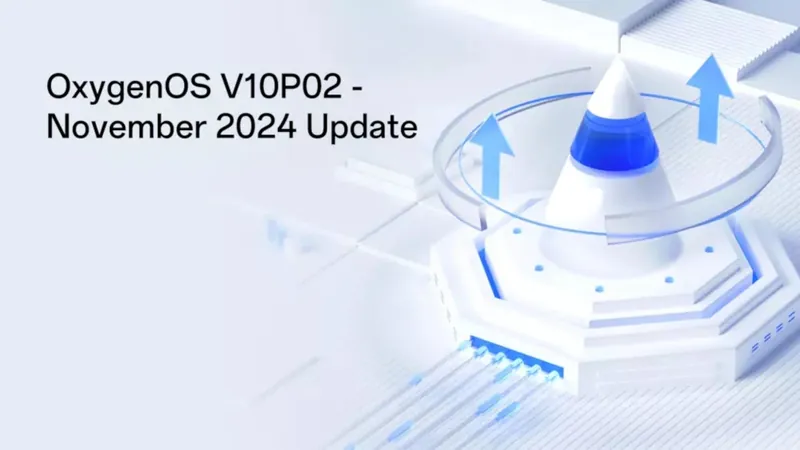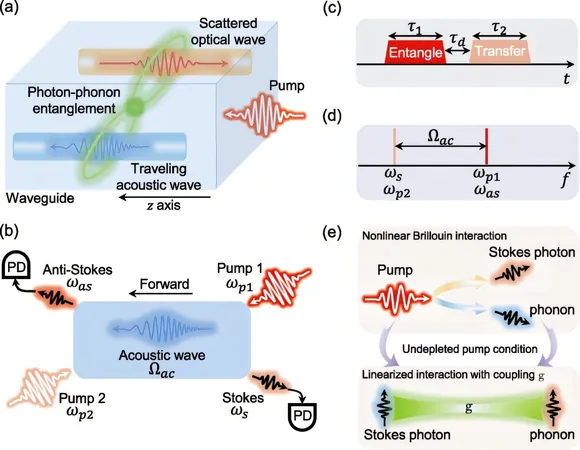
Groundbreaking Discoveries from the International Space Station: Enhancements for Astronaut Health and Enhanced Telescope Durability
2024-11-05
Author: Sophie
Revolutionary Bioprinting Technique for Wound Healing
In an unprecedented breakthrough, scientists have successfully utilized a handheld bioprinter capable of creating self-adhesive patches specifically designed to treat wounds in a microgravity environment. This innovative device employs human skin cells, allowing astronauts to effectively manage injuries by producing customized patches on-demand. The Bioprint FirstAid device not only accelerates the healing process but is also easy to use—requiring no complex electronics or maintenance. This research, supported by the European Space Agency (ESA) and coordinated by the German Aerospace Center (DLR), opens new avenues for maintaining crew health during missions, potentially keeping astronauts safer on lengthy expeditions.
Addressing Post-Flight Performance Decline
Another critical area of focus is the observed decline in fine motor skills and multitasking abilities that astronauts face upon returning from space. This phenomenon can hinder their ability to perform essential tasks, such as landing spacecraft and executing operations on extraterrestrial surfaces, including the Moon and Mars. Through the 'Manual Control' study, researchers conducted extensive tests and discovered that subtle physiological changes during spaceflight contribute to these impairments. The good news? Performance improves with targeted practice, suggesting that pre-task simulation training could be a vital strategy for enhancing astronaut readiness. Additionally, experts recommend minimizing distractions during crucial mission moments to further protect crew efficiency.
Gamma-Ray Telescope Thrives Amid Radiation Challenges
Meanwhile, the Glowbug gamma-ray telescope has proven its durability in the radiation-rich environment of space. During its operation over the past year, Glowbug successfully detected numerous gamma-ray bursts (GRBs), essential for exploring cosmic phenomena and understanding the universe's beginnings. Researchers are optimistic about the telescope's ability to endure multi-year missions, enabling continued research that deepens our comprehension of astrophysical events and enhances data for future missions.
The findings from the ISS not only pave the way for safer and more efficient space travel but also illustrate humanity's remarkable ingenuity in overcoming the adversities posed by outer space. As we venture further into the cosmos with plans for future missions to the Moon and beyond, these advancements could be game-changers for the next generation of explorers. Stay tuned as we continue to cover the evolving landscape of space science!









 Brasil (PT)
Brasil (PT)
 Canada (EN)
Canada (EN)
 Chile (ES)
Chile (ES)
 España (ES)
España (ES)
 France (FR)
France (FR)
 Hong Kong (EN)
Hong Kong (EN)
 Italia (IT)
Italia (IT)
 日本 (JA)
日本 (JA)
 Magyarország (HU)
Magyarország (HU)
 Norge (NO)
Norge (NO)
 Polska (PL)
Polska (PL)
 Schweiz (DE)
Schweiz (DE)
 Singapore (EN)
Singapore (EN)
 Sverige (SV)
Sverige (SV)
 Suomi (FI)
Suomi (FI)
 Türkiye (TR)
Türkiye (TR)